Keith Parfitt, 2022, Archaeologia Cantiana, Volume 143. Maidstone: Kent Archaeological Society.
Sheila Sweetinburgh, 2022, Archaeologia Cantiana, Volume 143. Maidstone: Kent Archaeological Society.
Patricia Reid, 2022, Archaeologia Cantiana, Volume 143. Maidstone: Kent Archaeological Society.
Michael Zell and Jacqueline Davies, 2022, Archaeologia Cantiana, Volume 143. Maidstone: Kent Archaeological Society.
Tim van Tongeren, 2022, Archaeologia Cantiana, Volume 143. Maidstone: Kent Archaeological Society.
Gillian Draper, 2022, Archaeologia Cantiana, Volume 143. Maidstone: Kent Archaeological Society.
Stephen Clifton, 2022, Archaeologia Cantiana, Volume 143. Maidstone: Kent Archaeological Society.
Eleanor Wilson, 2022, Archaeologia Cantiana, Volume 143. Maidstone: Kent Archaeological Society.
Rita Wood, 2022, Archaeologia Cantiana, Volume 143. Maidstone: Kent Archaeological Society.
Avril Leach, 2022, Archaeologia Cantiana, Volume 143. Maidstone: Kent Archaeological Society.
Keith Robinson, 2022, Archaeologia Cantiana, Volume 143. Maidstone: Kent Archaeological Society.
David Lepine, 2022, Archaeologia Cantiana, Volume 143. Maidstone: Kent Archaeological Society.
Margaret Bolton, 2022, Archaeologia Cantiana, Volume 143. Maidstone: Kent Archaeological Society.
Stephen Draper, 2022, Archaeologia Cantiana, Volume 143. Maidstone: Kent Archaeological Society.
Pete Knowles and Tim Allen, 2022, Archaeologia Cantiana, Volume 143. Maidstone: Kent Archaeological Society.
Stephen Williamson, 2022, Archaeologia Cantiana, Volume 143. Maidstone: Kent Archaeological Society.
Erica Gittins, 2022, Archaeologia Cantiana, Volume 143. Maidstone: Kent Archaeological Society.
2022, Archaeologia Cantiana, Volume 143. Maidstone: Kent Archaeological Society.
2022, Archaeologia Cantiana, Volume 143. Maidstone: Kent Archaeological Society.
2022, Archaeologia Cantiana, Volume 143. Maidstone: Kent Archaeological Society.
2022, Archaeologia Cantiana, Volume 143. Maidstone: Kent Archaeological Society.
2022, Archaeologia Cantiana, Volume 143. Maidstone: Kent Archaeological Society.


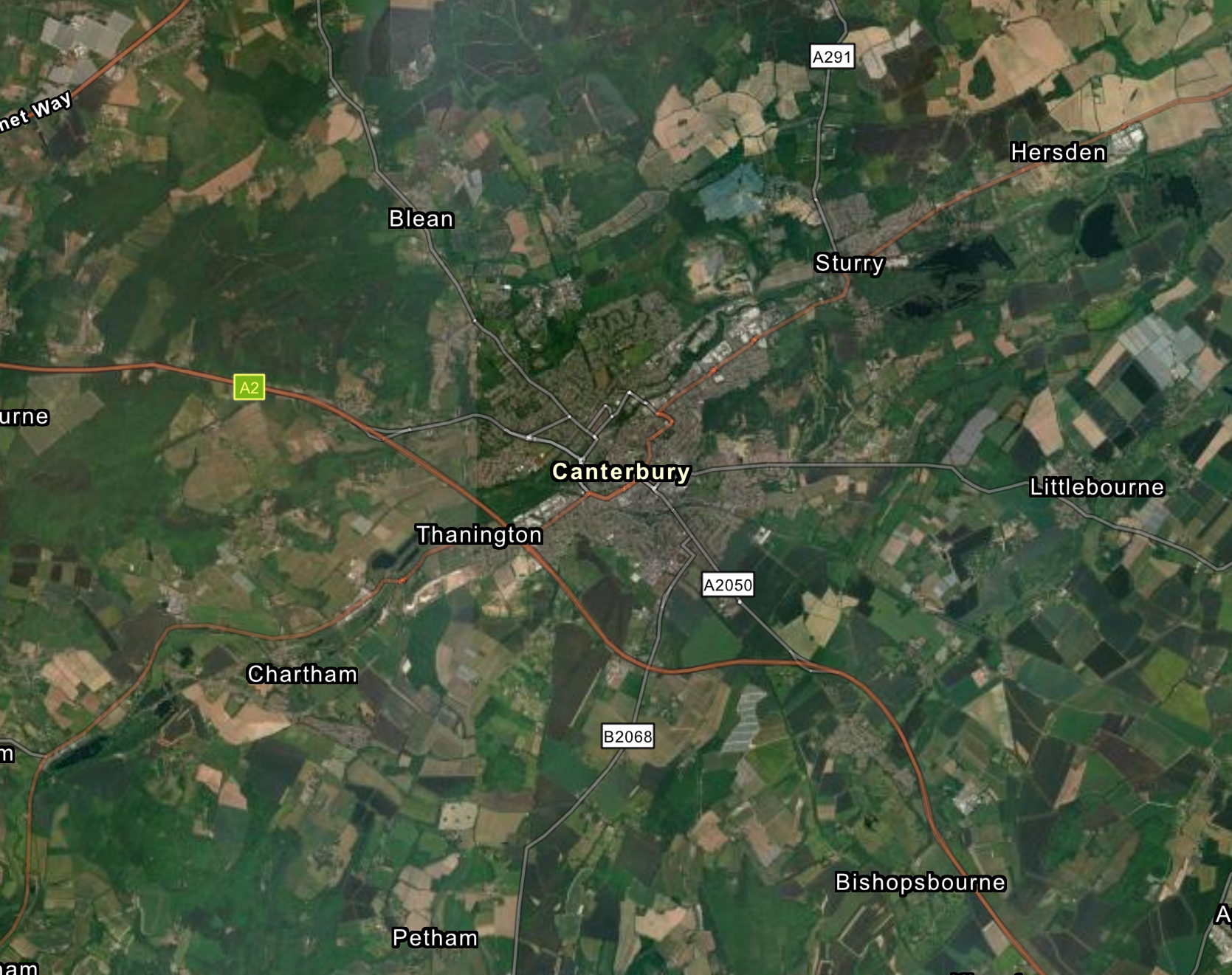
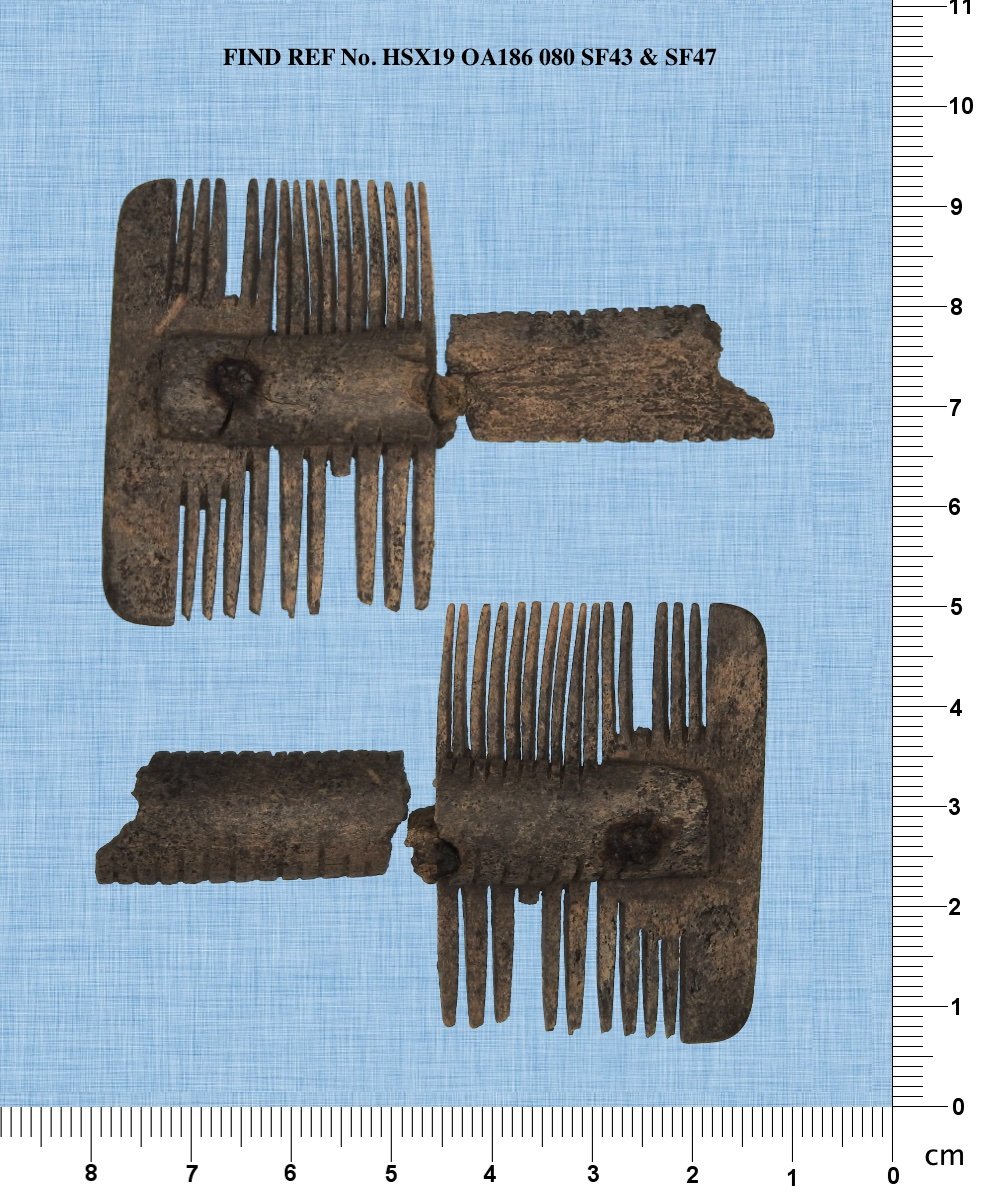
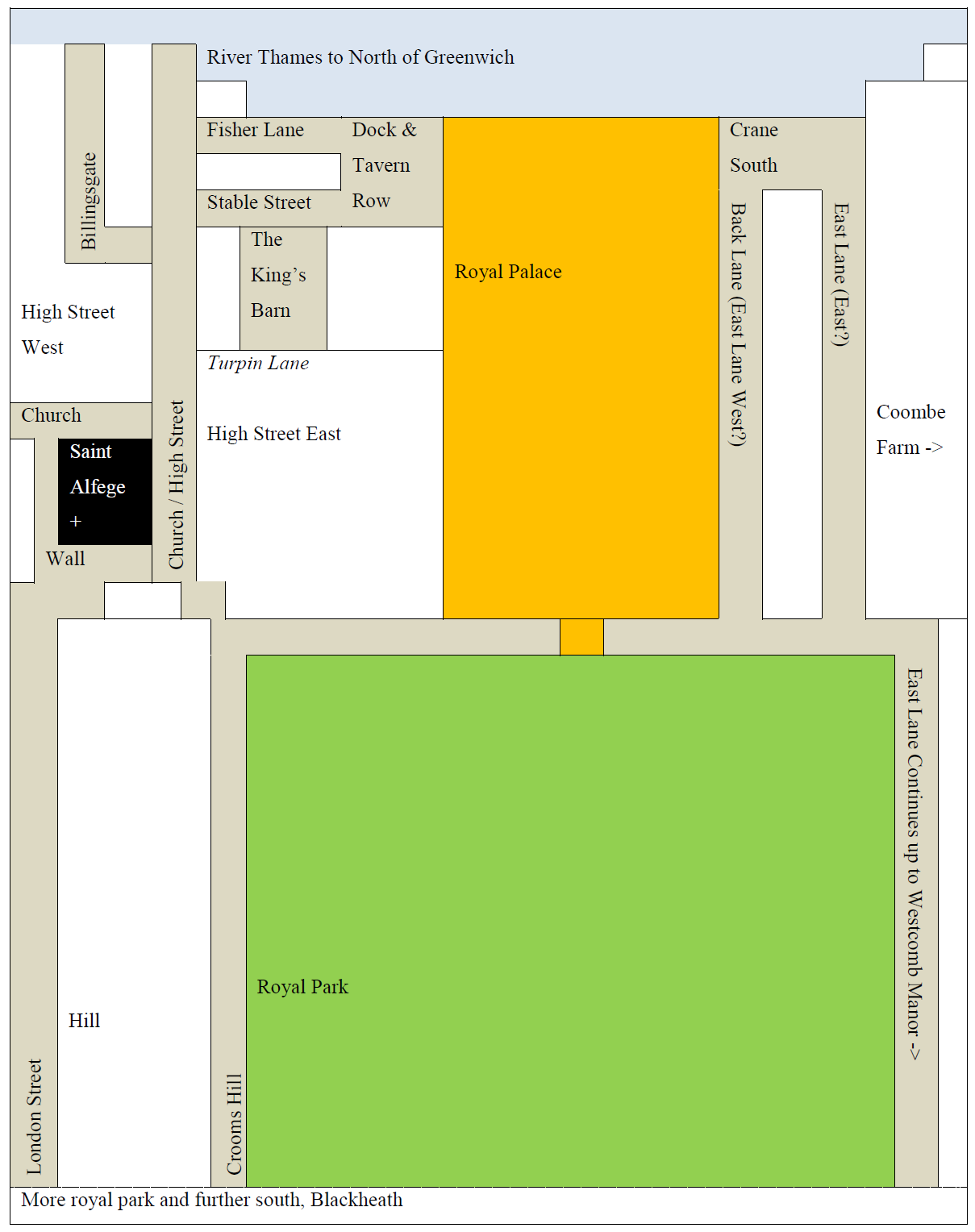
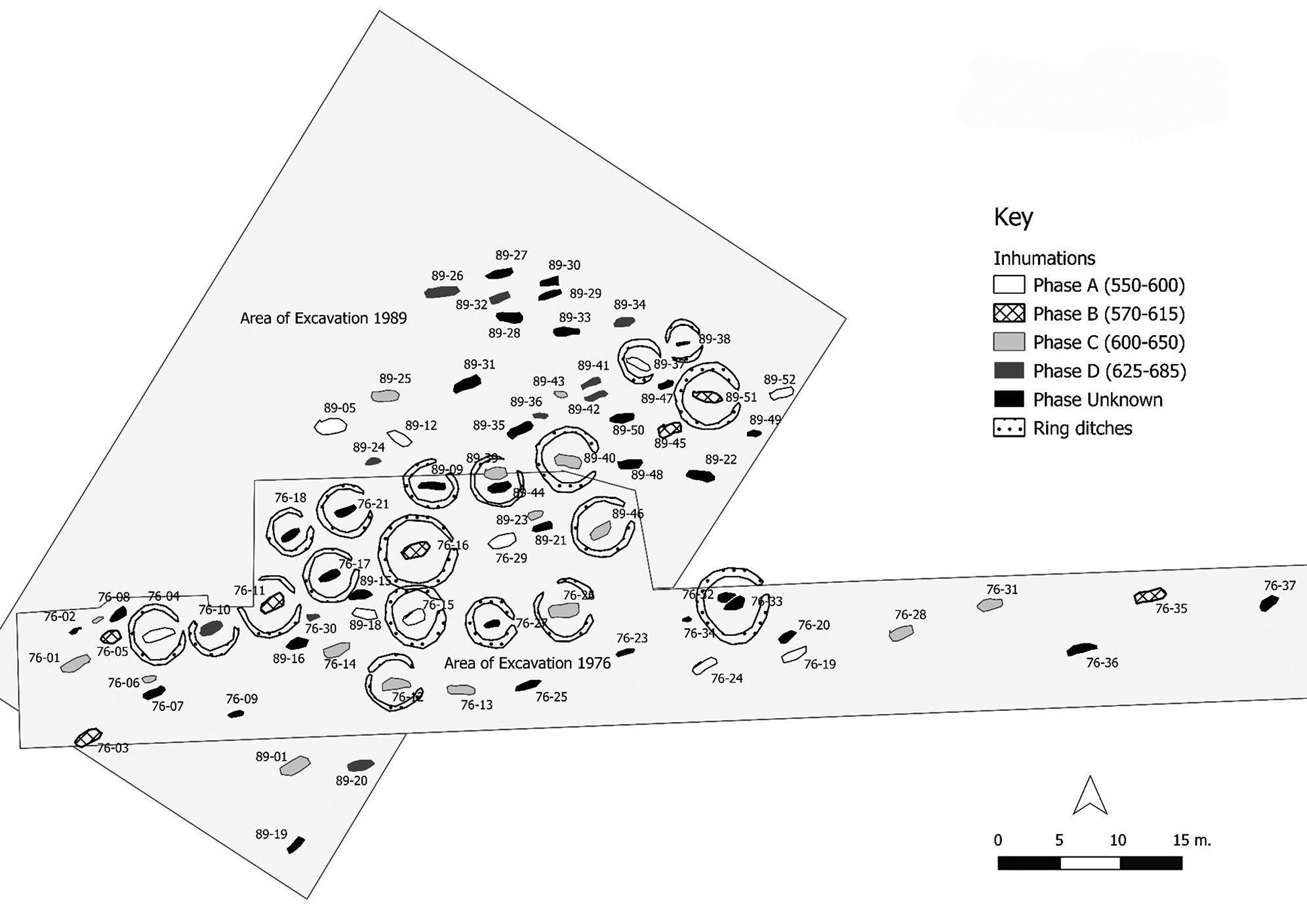
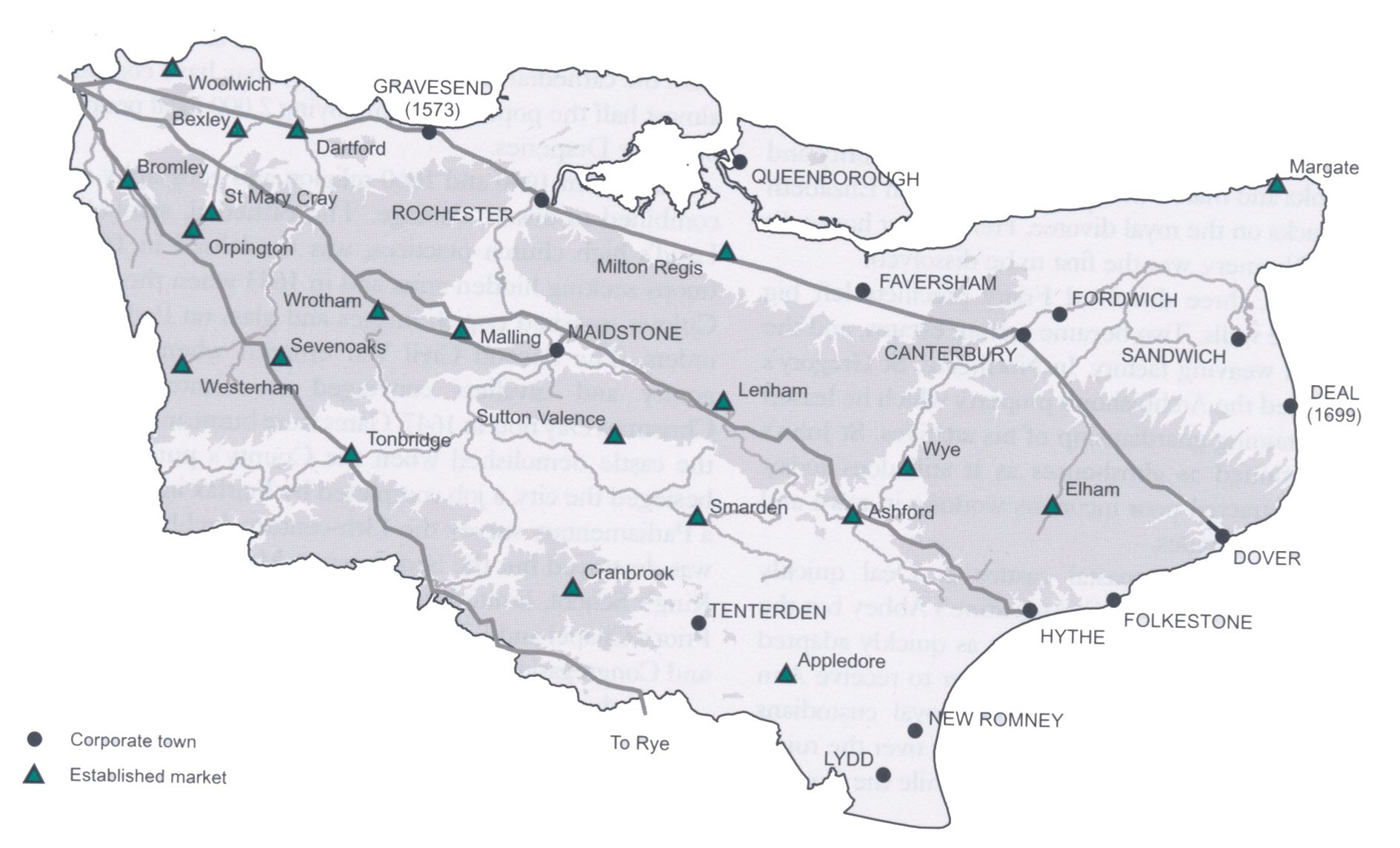
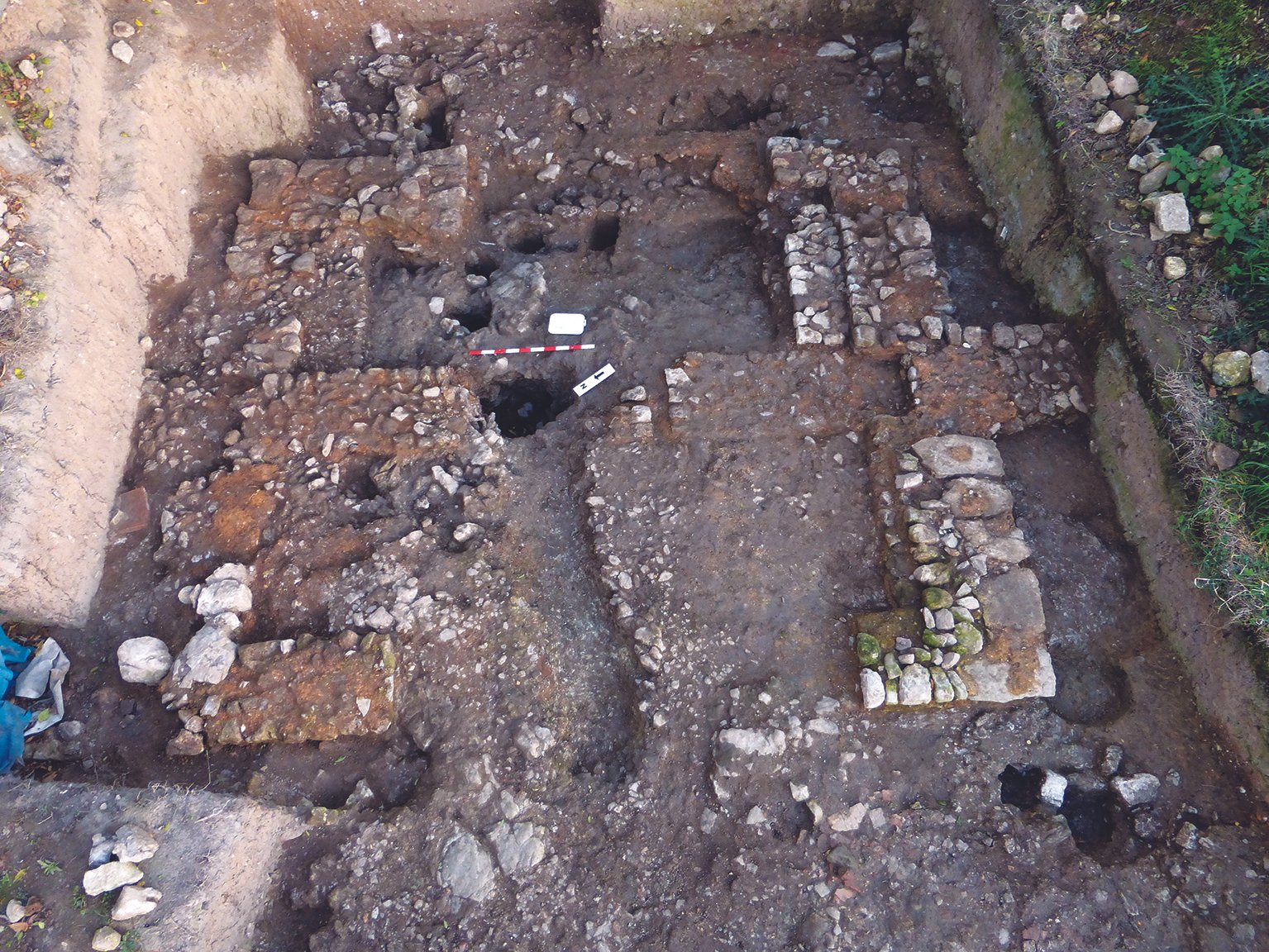
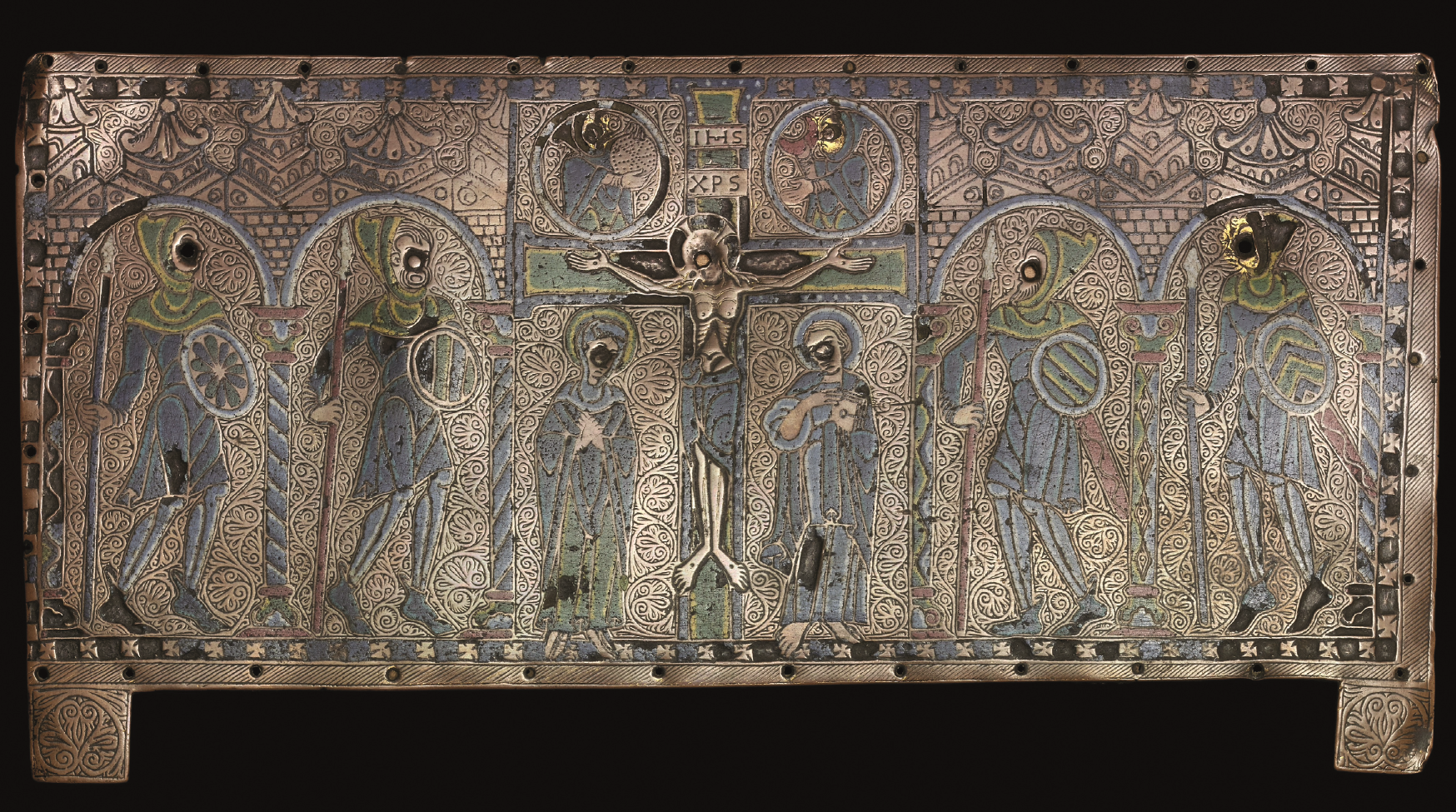

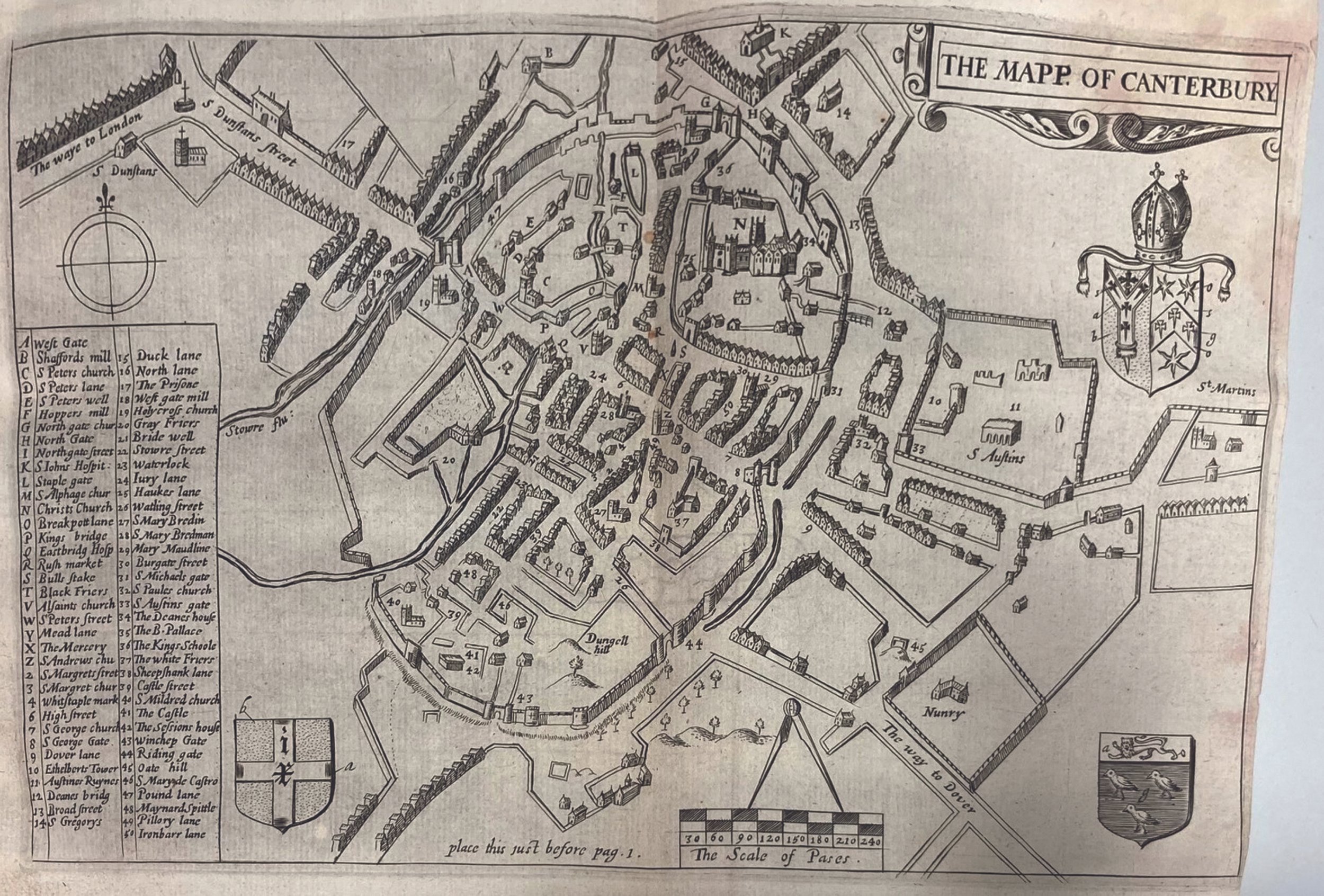


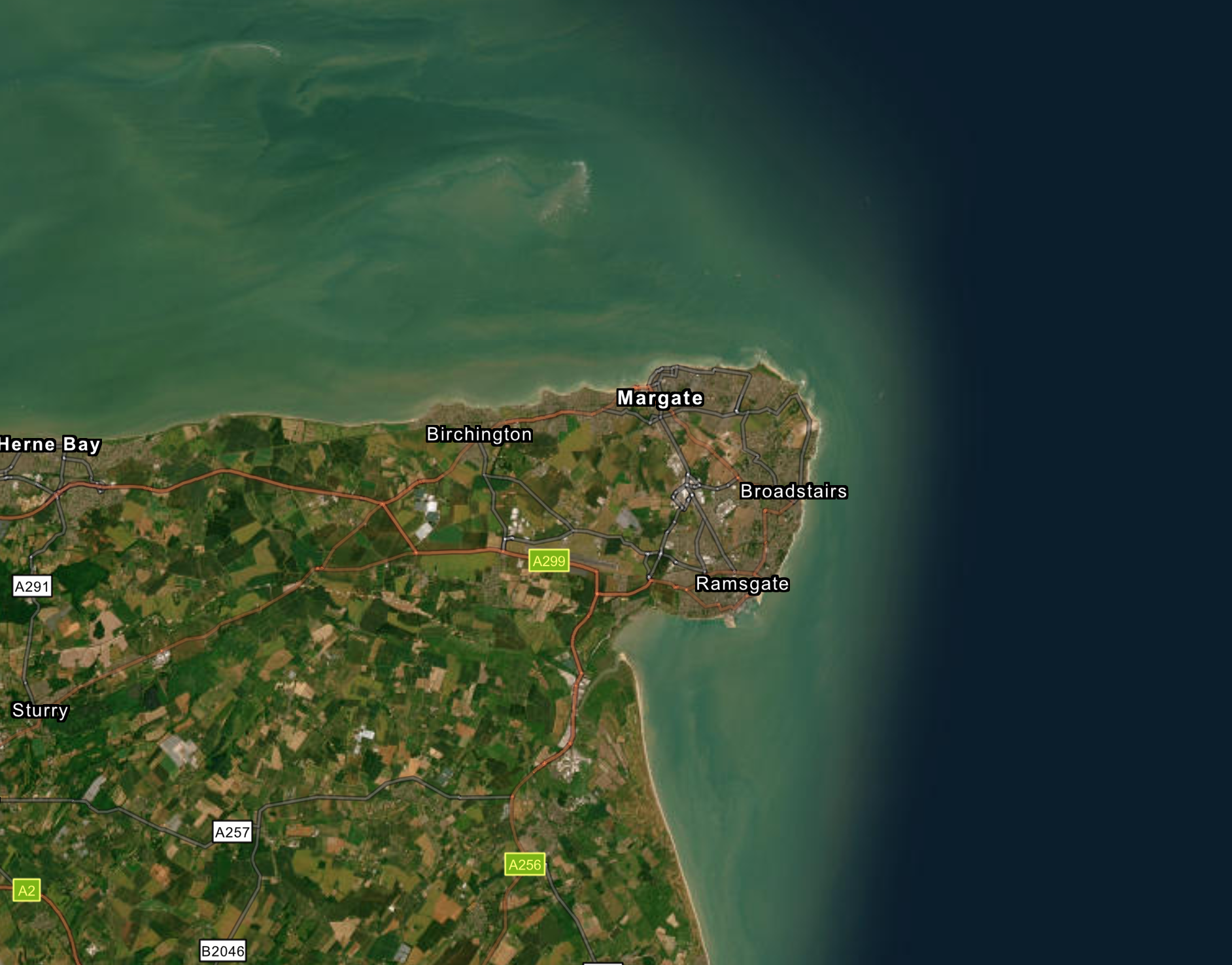


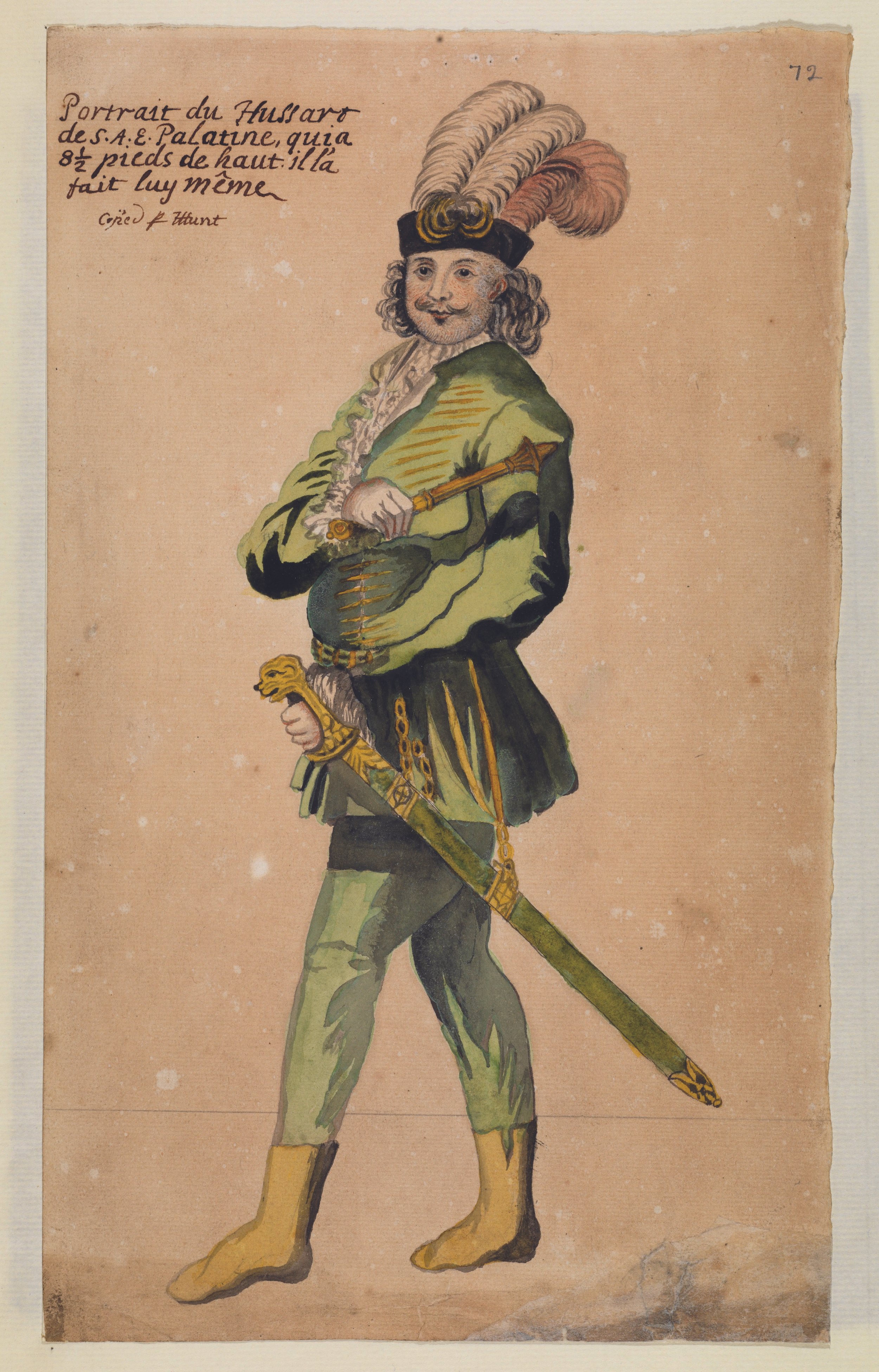

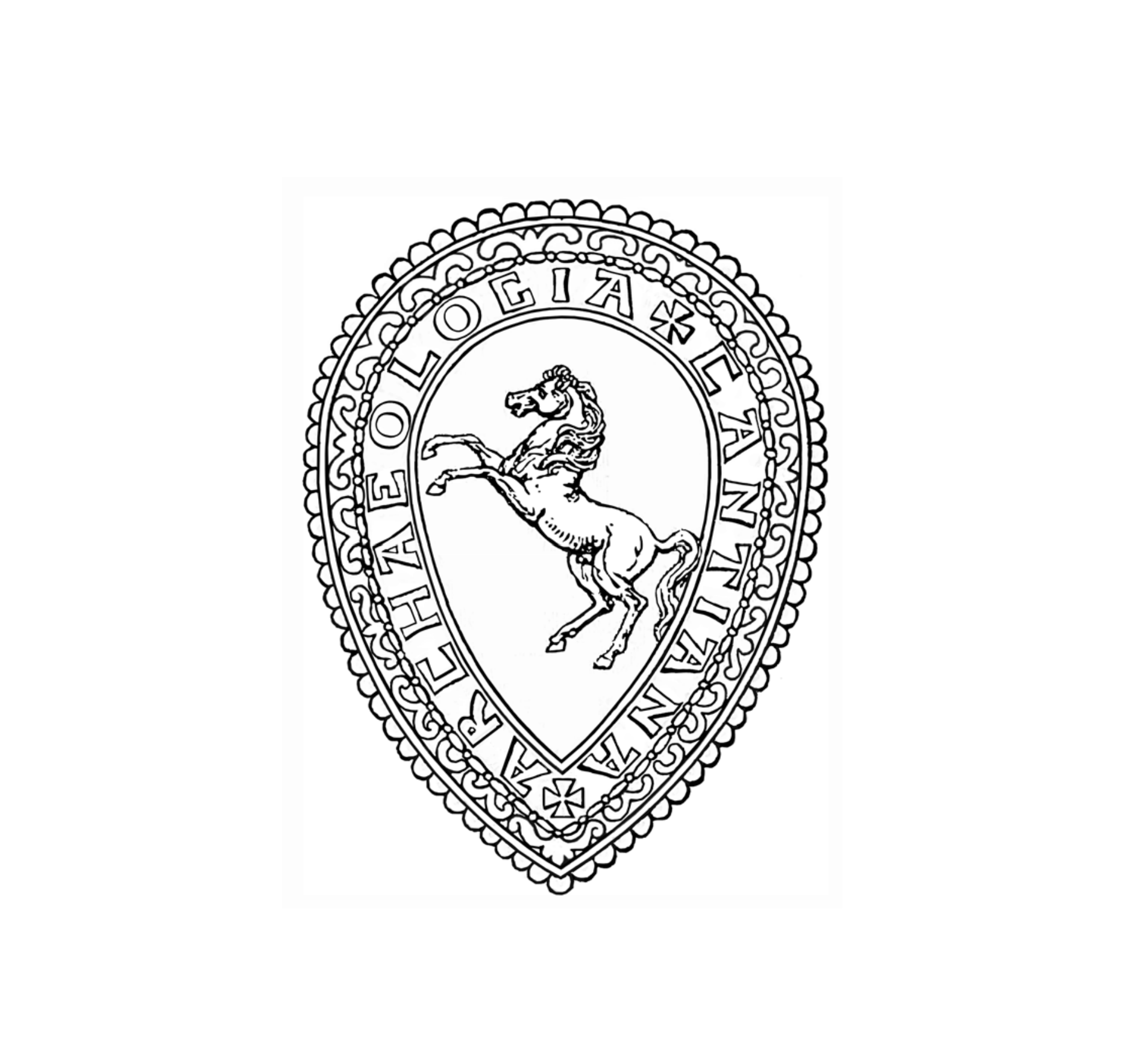
2022, Archaeologia Cantiana, Volume 143. Maidstone: Kent Archaeological Society.